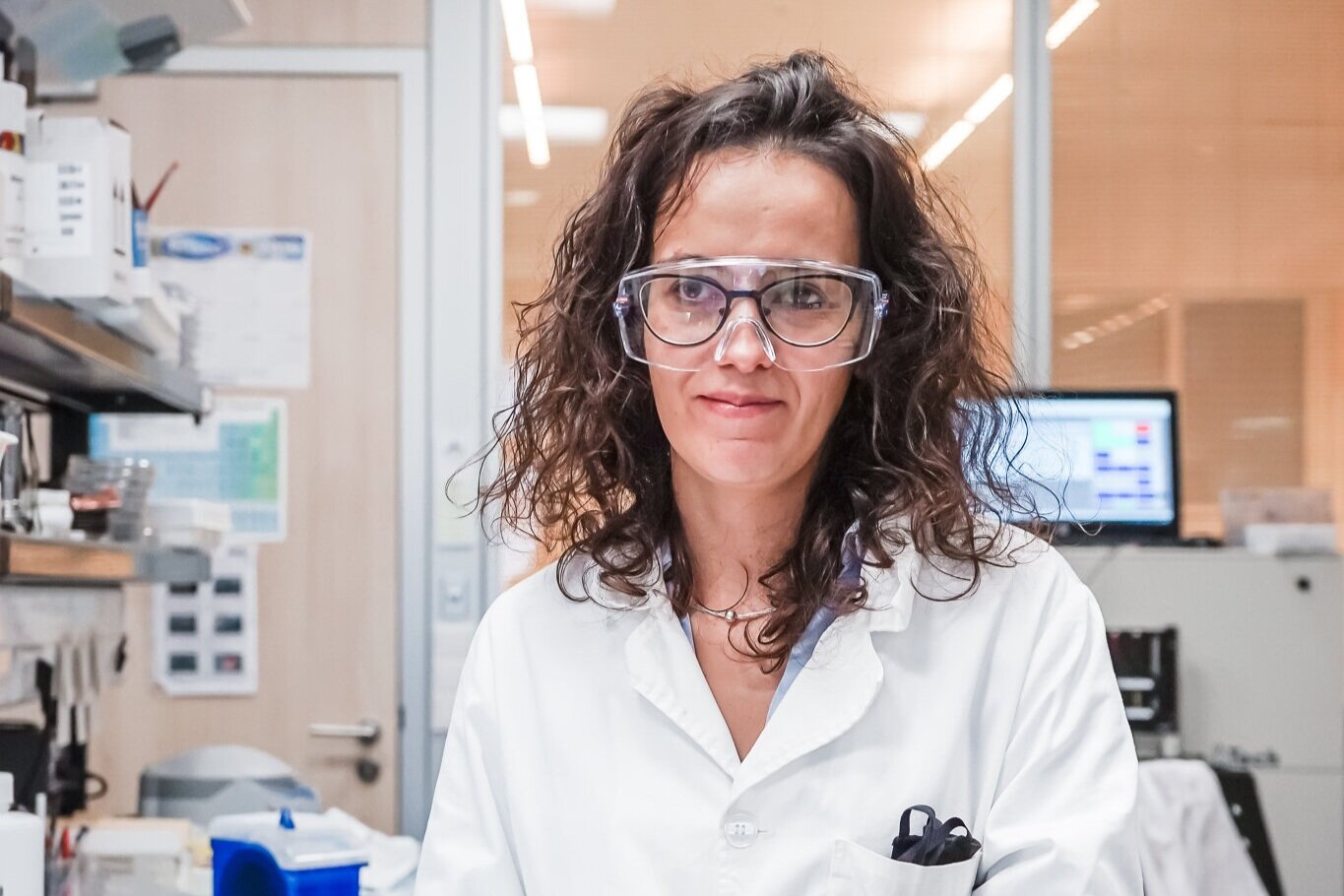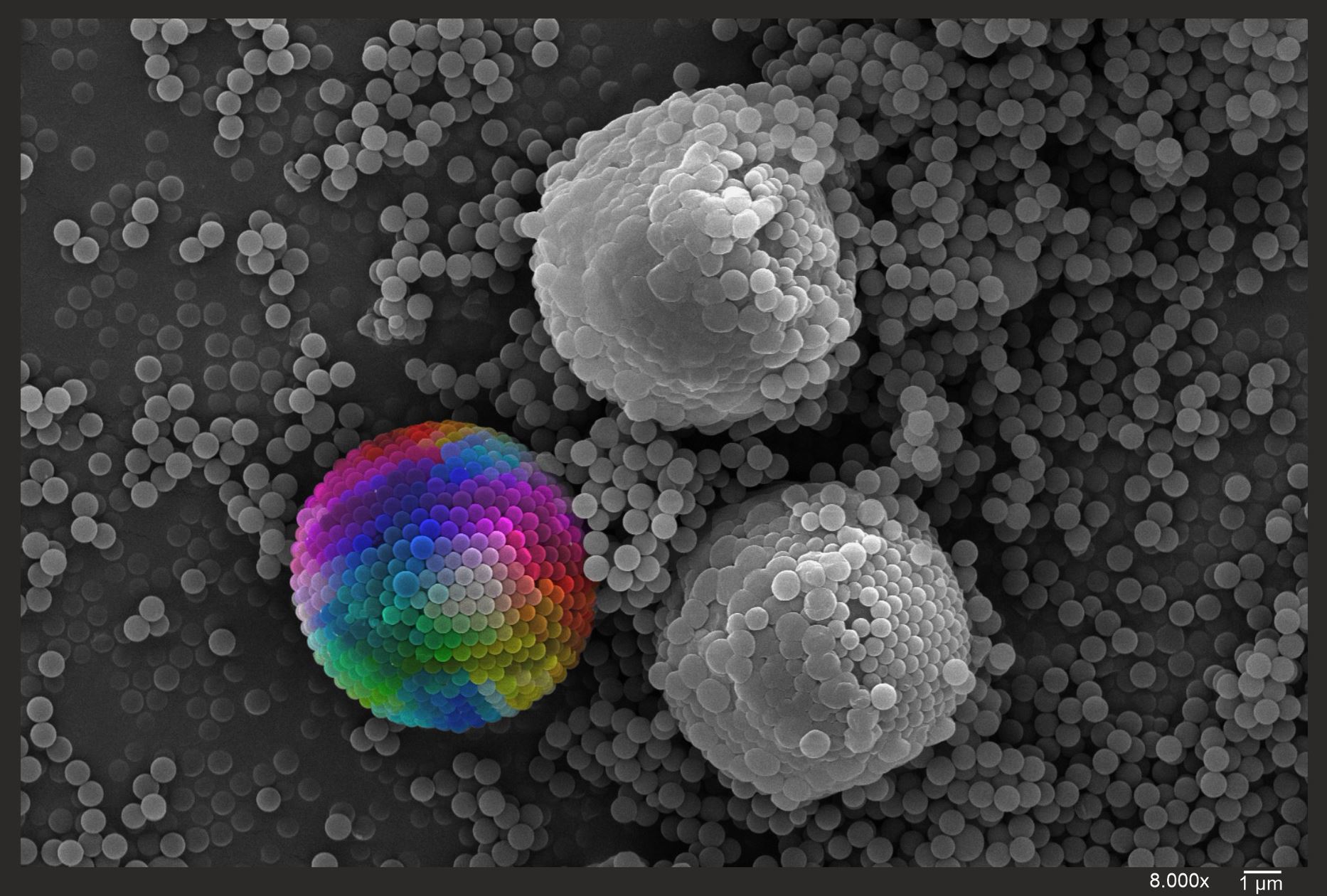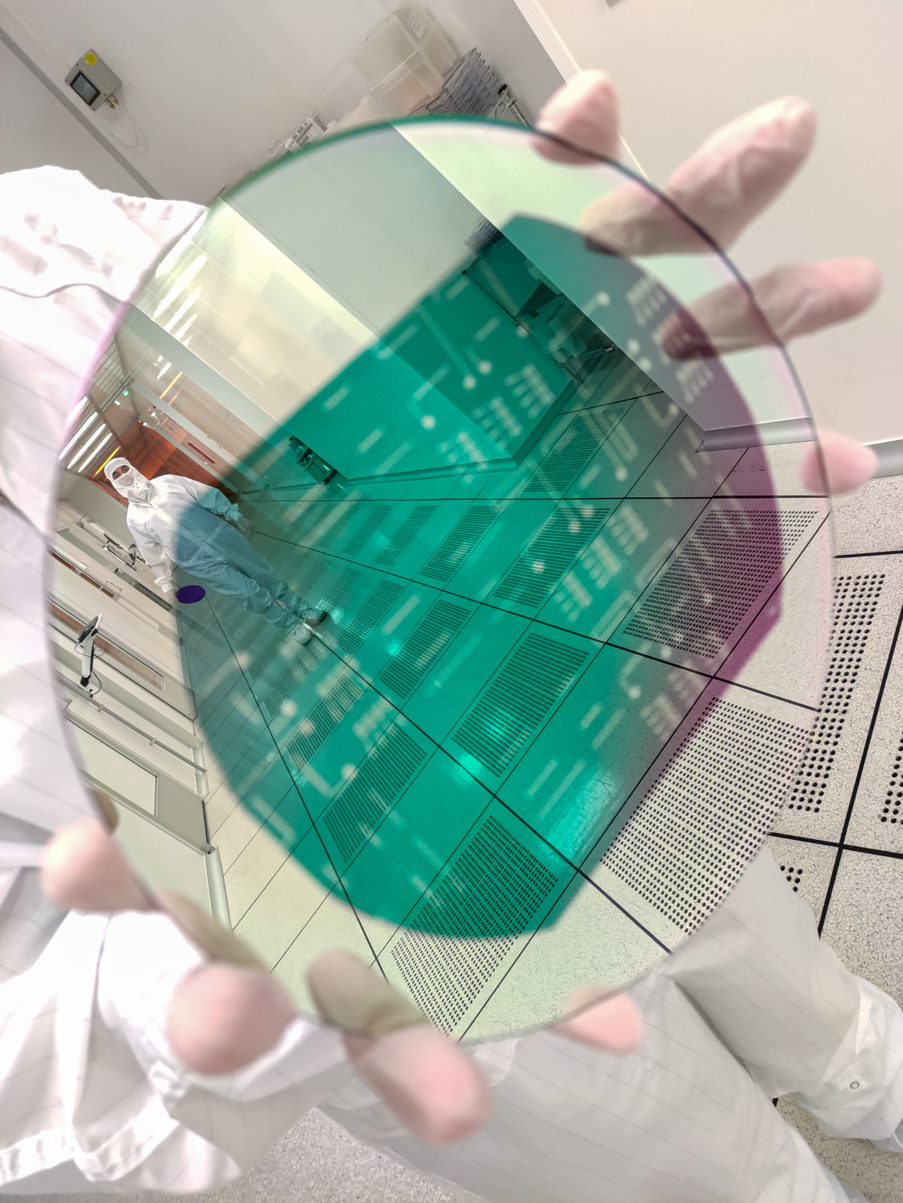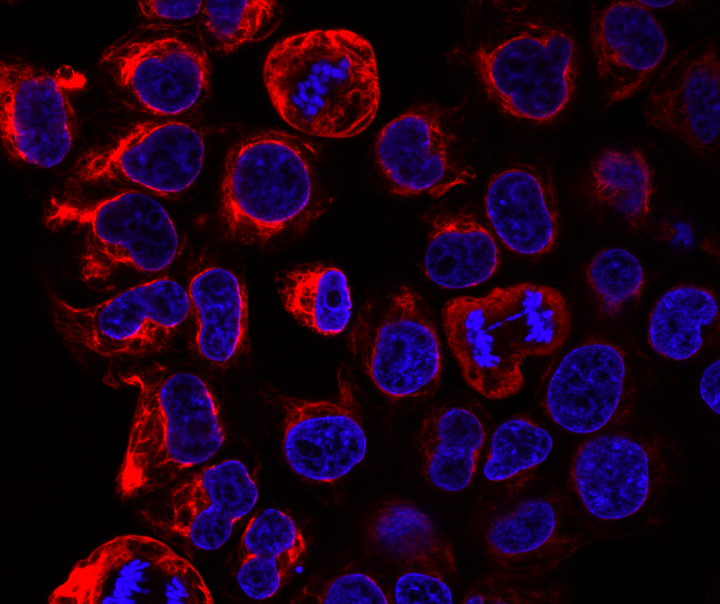
Material Testing
The Material Testing facility uses complementary techniques to determine the physical and chemical properties of the different types of materials.
Thermogravimetric analysis (TGA) is used to measure changes in the weight of a sample as a function of temperature while the sample is subjected to a controlled temperature program in a controlled atmosphere. It is commonly used to characterize the thermal stability, composition, and decomposition kinetics of materials. Nitrogen adsorption-desorption isotherms at -196 °C are used to characterise the porosity and surface area of materials. ICP-OES (Inductively Coupled Plasma Optical Emission Spectroscopy) is used to determine the elemental composition of materials. UV-accelerated weathering tester is used to simulate the effects of sunlight exposure on materials. These chambers are designed to subject samples to controlled levels of ultraviolet (UV) radiation, temperature, and humidity, replicating the conditions that materials experience when exposed to outdoor environments over extended periods. Salt spray testing is a standardised method used to evaluate the corrosion resistance of materials and coatings.

Measures the mass change as a function of temperature under a controlled atmosphere Reduction studies
Oxidation studies
Temperature range from ambient temperature up to 950 deg C
Oxidant or inert atmosphere
Dynamic and isothermal studies
Thermodynamic information
Kinetic mechanism
Degradation/consolidation mechanisms
Enthalpy and temperatures of melting
Cure degree (thermal and UV curing)
Glass Transition temperatures
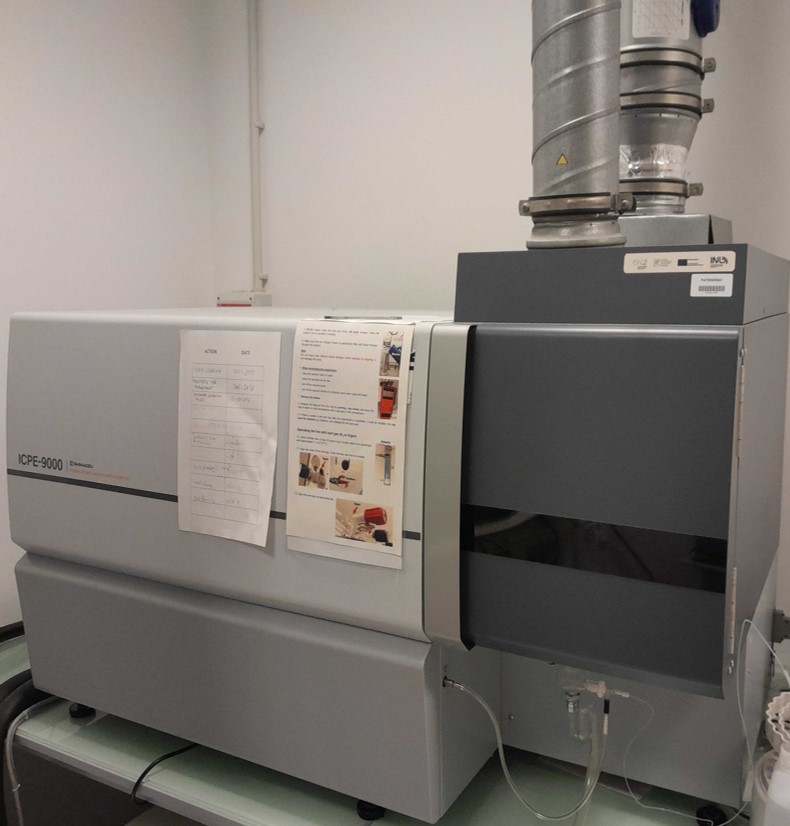
ICP-OES The technique of choice for many applications that require analysing a sample for its elemental content. Typical samples include those in the environmental, metallurgical, geological, petrochemical, pharmaceutical, materials, and food safety areas. It can be applied to a variety of sample types such as aqueous and organic liquids and solids.
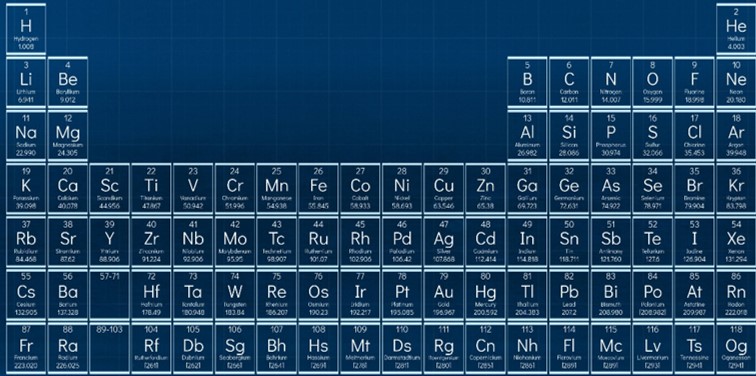

Porosity of the materials
Nitrogen adsorption-desorption isotherms
Surface area (B.E.T. method)
Pore volume
Pore size distribution
Designed to test the resistance of abrasive wear, using common flat specimens
Materials used for the testing process are: paints, coatings, metals, paper, leather, plastic, textiles, etched or printed glass, or ceramic tiles.
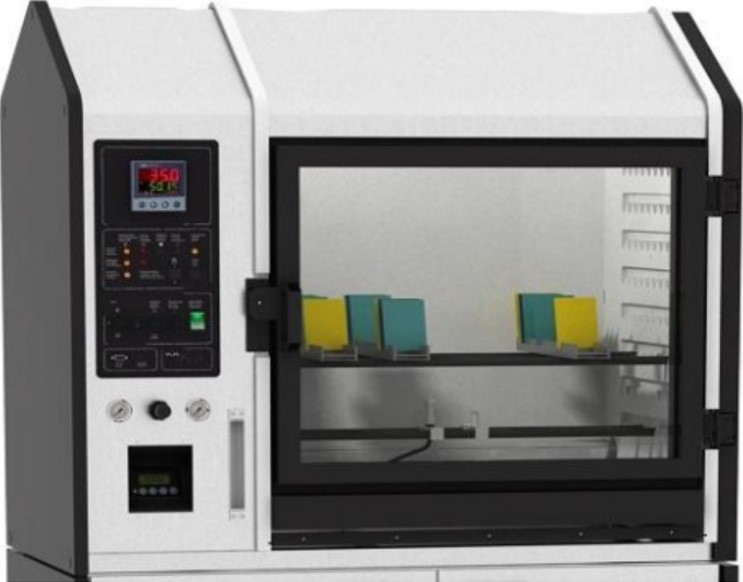
Chamber used for salt spray and cyclic corrosion testing, a standardised method to check corrosion resistance of metals/alloys and inorganic and organic coatings Used to evaluate the uniformity of thickness and degree of porosity of metallic and non-metallic protective coatings
Saturated humidity 100%
Temperature control between room temperature and +55 deg C
Corrosion standards DIN EN ISO 9227, ASTM D 117-73 ISO 6270-2, NSS, ESS, CASS
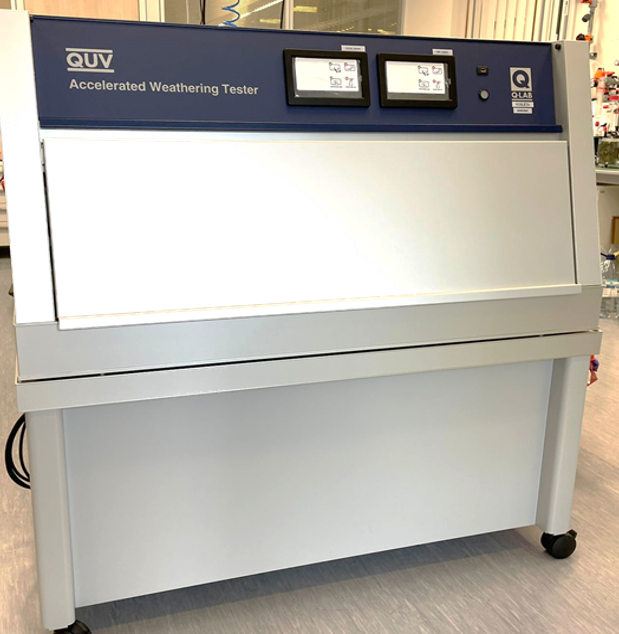
QUV accelerated weathering tester To simulate outdoor weathering, the QUV tester exposes materials to alternating cycles of UV light and moisture at controlled, elevated temperatures.
It simulates the effects of natural sunlight and artificial irradiance using special fluorescent UV lamps in the UVA, UVB, and UVC portions of the spectrum.
Standards include: ASTM G154, ASTM D4587, ASTM D5894, EN 927-6, ISO 4892-3, ISO 11507, ISO 16474-3, ISO 12944-6, SAE J2020, J15 K 5600-7-8, AATCC TM186
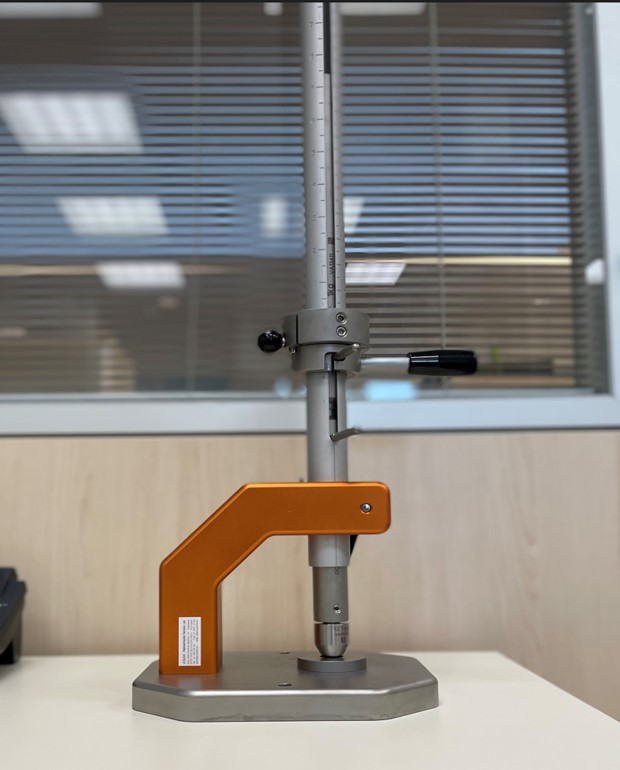
Variable Impact Tester Elcometer 1615 Coating resistance to impact – evaluating the specimen’s elongation, cracking or peeling due to impact
The impact is produced by means of a falling weight on the specimen. The damage caused by its rapid deformation is evaluated via magnifying glass or optical microscopy
Standards include: ISO 6272, ASTM D2794-93:2019
